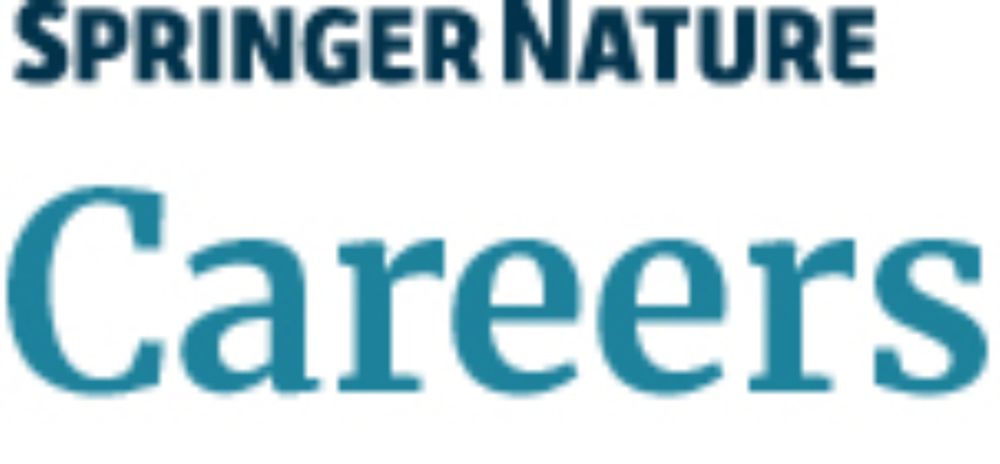

www.pnas.org/doi/abs/10.1...

www.pnas.org/doi/abs/10.1...
The kinase activity is reflected by the accumulation of a permanent fluorescent signal and can be correlated with transcriptomics. (3/4)
www.nature.com/articles/s41...

The kinase activity is reflected by the accumulation of a permanent fluorescent signal and can be correlated with transcriptomics. (3/4)
www.nature.com/articles/s41...
www.nature.com/articles/s41...

www.nature.com/articles/s41...

